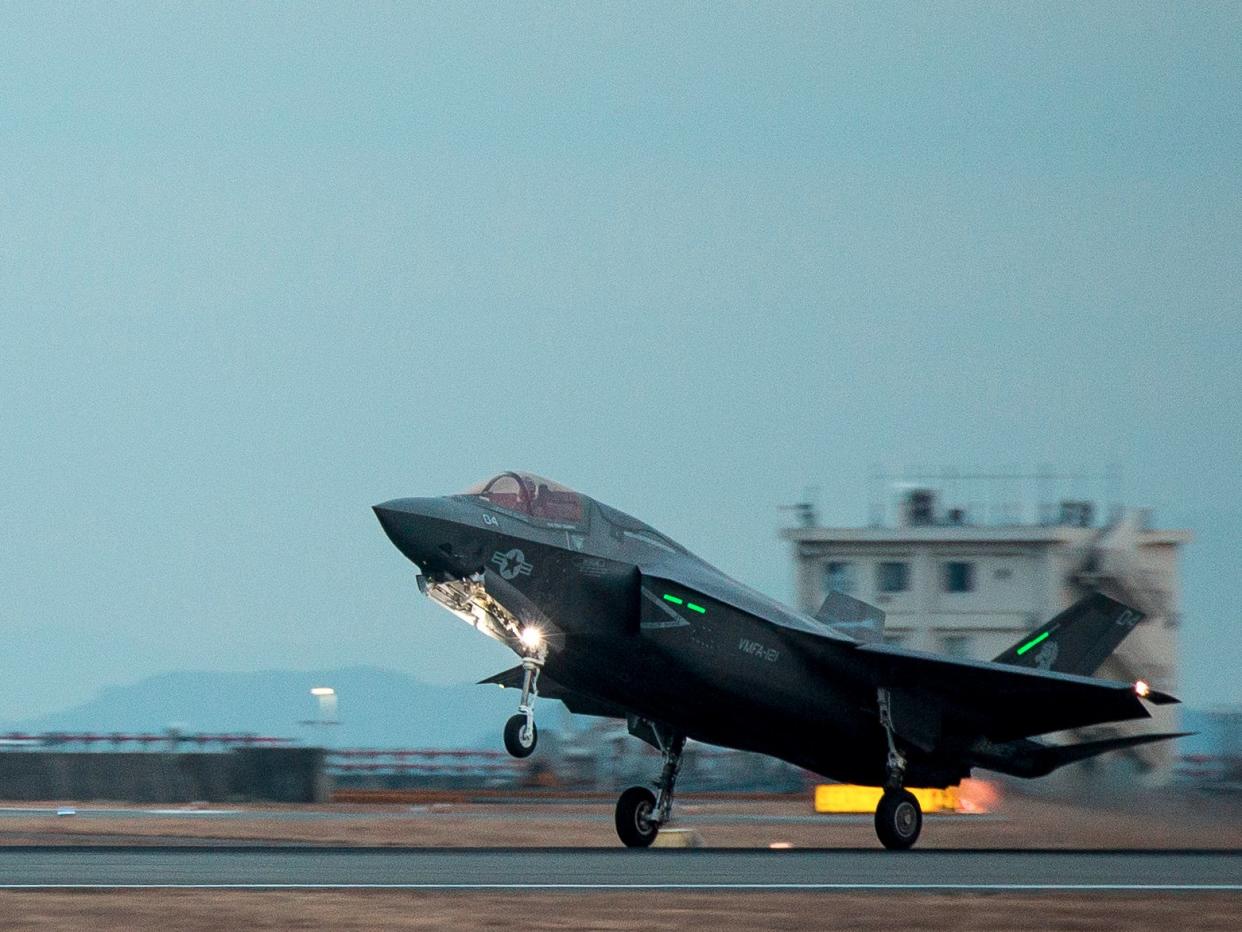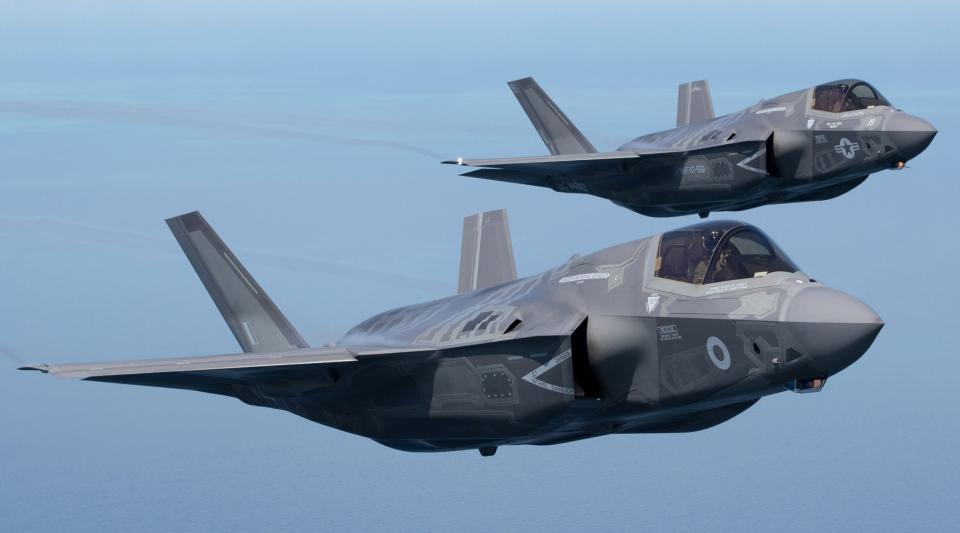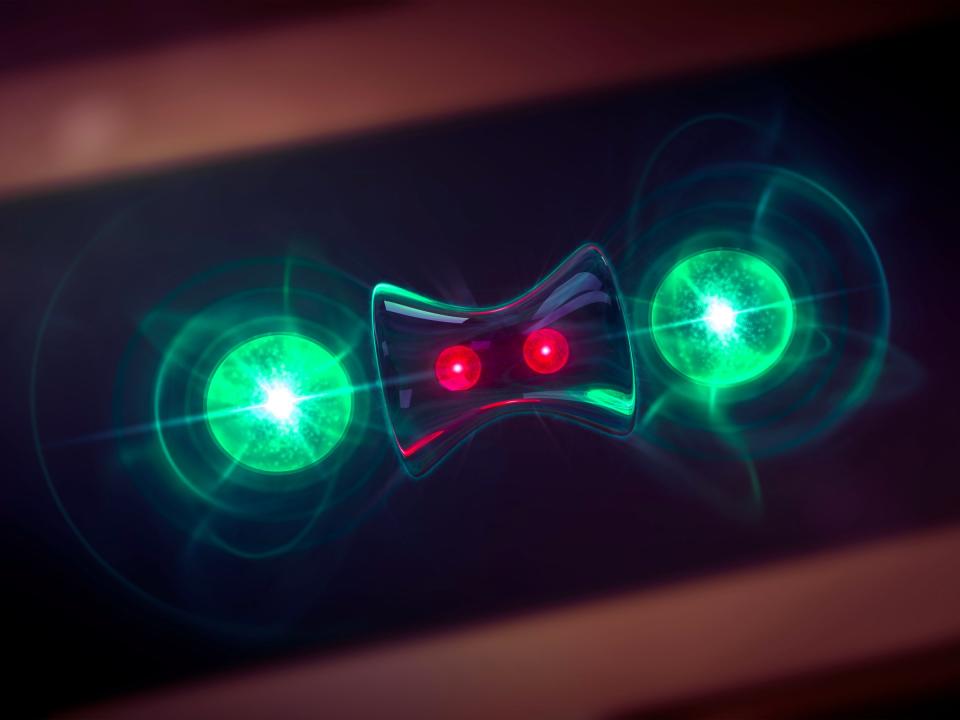The US just put China on notice with F-35s in the Pacific — but China may be ready with a counter punch

US Marine Corps
The US just put China on notice by making the first-ever permanent forward deployment of US Marine Corps F-35Bs to Iwakuna, Japan.
But while the plane has revolutionary radar-evading capability, China has some tricks up its sleeve as well.
The F-35B has only just gone online with initial operational capability. Basing them in Asia, where China and the incoming Trump administration have already butted heads and borne their teeth at each other, shows that the US means business when it comes to a balance of power in the Pacific.
“The arrival of the F-35B embodies our commitment to the defense of Japan and the regional-security of the Pacific,” said Maj. Gen. Russell Sanborn, the 1st Marine Aircraft Wing Commanding General, in a Marine Corps statement. “We are bringing the most advanced technology to the Pacific to respond to the wide range of missions we take part in and provide greater support to our regional allies.”
But while the F-35 certainly does represent a technological marvel, and the best, most complete system the US military has to offer in terms of air power, it has an insanely challenging workload ahead of it in the South China Sea.
Dr. Malcolm Davis, a senior analyst at the Australia Strategic Policy Institute, told Business Insider that the Chinese have long been working on ways to counter the F-35's revolutionary abilities with military installations in the South China Sea.

US Marine Corps
"The Chinese are using multiple radar systems that are networked in," said Davis, who explained that even though the F-35's very low observable characteristics mean that a group of radars can't exactly zero in on it.
The expansive array of capabilities China has deployed in the South China Sea form a counter-stealth network. "Counter stealth is not effective enough to pick up a stealth aircraft and track it, but can give you a general idea of where that aircraft is," said Davis.

US Marine Corps
State-of-the-art counter-stealth systems use multiphase radars and microwaves to "localize the area of a stealth aircraft but not track it," said Davis. And while the US has been leaps and bounds ahead of the competition in terms of fielding stealth aircraft, China and Russia have made impressive progress in countering that stealth.
Indeed, Beijing has reportedly even come close to cracking an engineering problem that could render traditional stealth aircraft irrelevant — quantum radar. In September, the South China Morning Post reported that a Chinese military official said China has developed a new form of radar that can detect stealth planes up to 60 miles away. Not only that, but the radar cannot be spoofed with modern technology.

US Marine Corps
The development of the radar, which uses quantum entanglement to detect objects regardless of their composition or shape, has been doubted by many in the science community. However, Dirk Englund, a quantum physicist at MIT, told Business Insider that the radar development was "credible."
It's likely the Chinese have overstated the radar's progress, but Englund notes that "China actually has some receivers that are as large as the side of a building. Even a small signal can be picked up."
"We're in a bit of a race here," said Davis. "Stealth aircraft have to continually develop their capabilities to offset counter-stealth systems ... There's a constant battle between stealth vs counter stealth."
NOW WATCH: This is how pilots train to fly the F-35 — America’s most expensive fighter jet
See Also:

 Yahoo News
Yahoo News 

